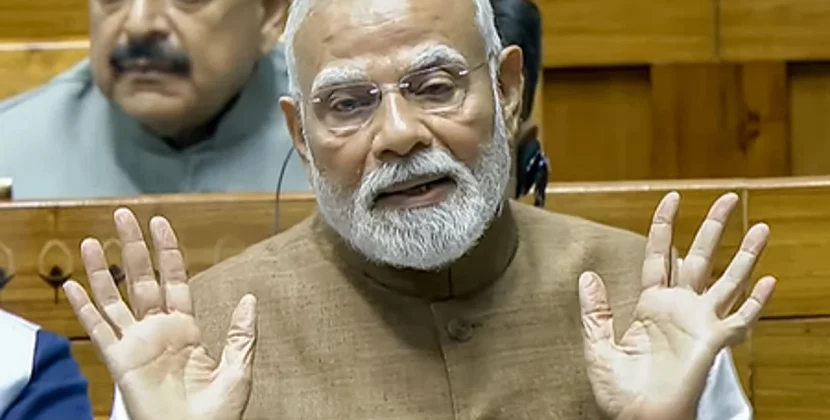
India’s Supreme Court has put on hold a recent high court court which said that “grabbing [the] breasts” of a girl and breaking off the drawstrings of her lower garment could not be considered an attempt to rape.
The Allahabad high court had ruled last week that the offence could only be described as “aggravated sexual assault”, which involves a lesser punishment.
The top court judges said some of the comments in the high court order depicted “a total lack of sensitivity” on the part of the judge who wrote it.
The high court ruling led to outrage in India.
On Wednesday, the two-judge Supreme Court bench of Justice BR Gavai and Justice Augustine described the 17 March order as “shocking”, especially since it was not delivered “on the spur of the moment” but had been well thought through after being reserved for four months.
The top court has now sent notices to India’s federal authorities and state government in Uttar Pradesh, where the court in Allahabad (now called Prayagraj) is located.
According to the prosecution, the case involves an 11-year-old girl whose mother has alleged that the two accused offered a lift to her daughter on their motorbike, promising to drop her home.
She sent the child with the men who were from the same village and known to them.
“The accused persons stopped their motorcycle on the way to the village and started grabbing her breasts,” the high court order said, adding that one of the men dragged her beneath a culvert and “broke her pyjama [lower garment] string”.
She was rescued by some villagers who were passing by and were alerted by her cries for help, forcing her attackers to flee.
The accused have denied the allegations against them.
The high court ruling was based on the argument that “attempt to rape” was different from “preparation”, legal website Live Law reported, quoting from the high court order.
“The prosecution must establish that it had gone beyond the stage of preparation. The difference between preparation and actual attempt to commit an offence consists chiefly in the greater degree of determination,” the order said.
The controversial ruling led to outrage in the country with many describing the judgement as “atrocious”.
Senior lawyer Indira Jaising told a TV channel that what happened with the child “goes beyond preparation” and in legal terms “it is attempt to commit rape”.
“How do you prove intent? It is proved by actions that precede the actual act of rape,” she said, adding that the fact that the girl was dragged to a secluded place meant it had gone beyond preparation.
India’s Women and Child Welfare Minister Annapurna Devi told news agency Press Trust of India that “the high court ruling has no place in a civilised society and that it will have an adverse impact on society”.

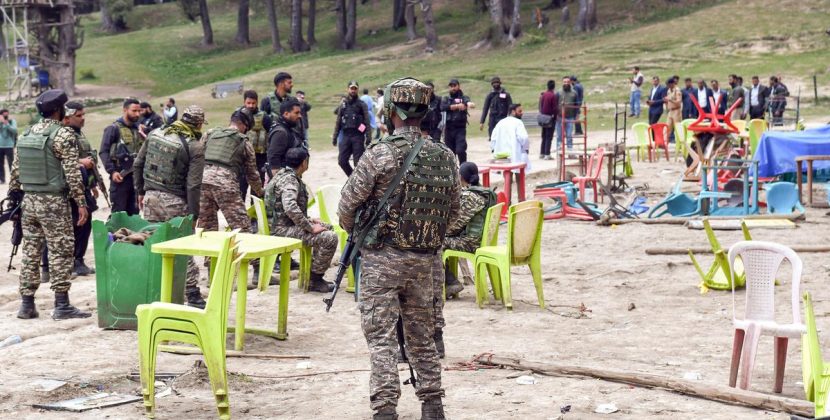
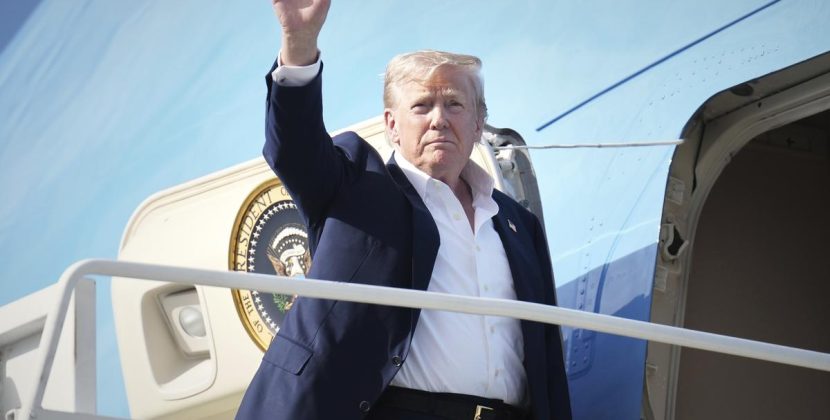





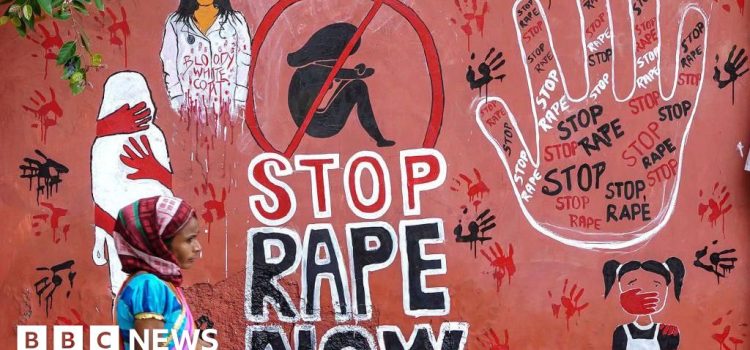
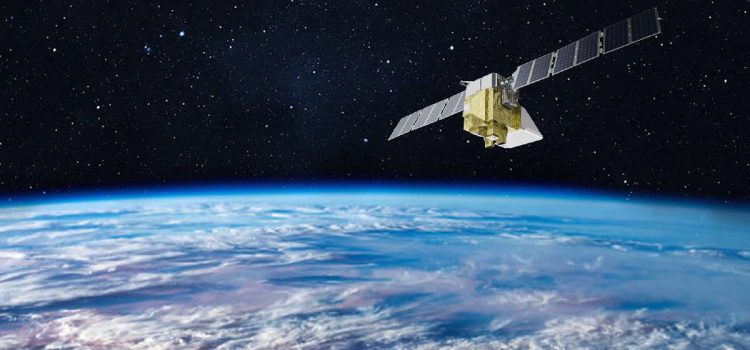
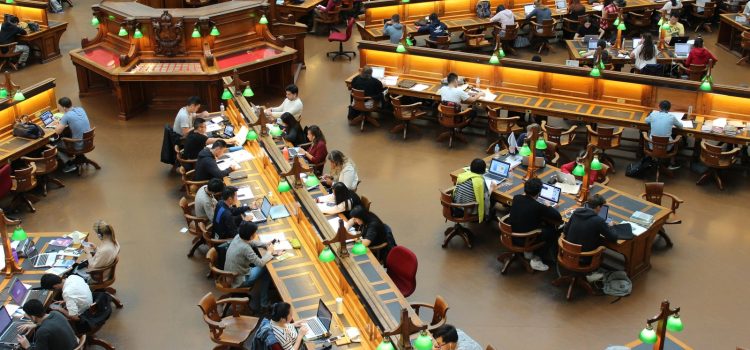
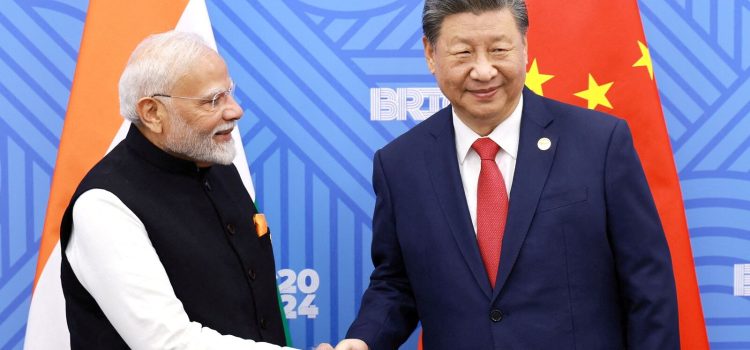
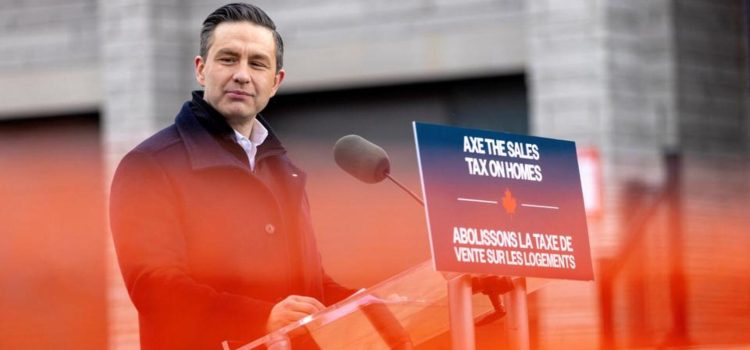
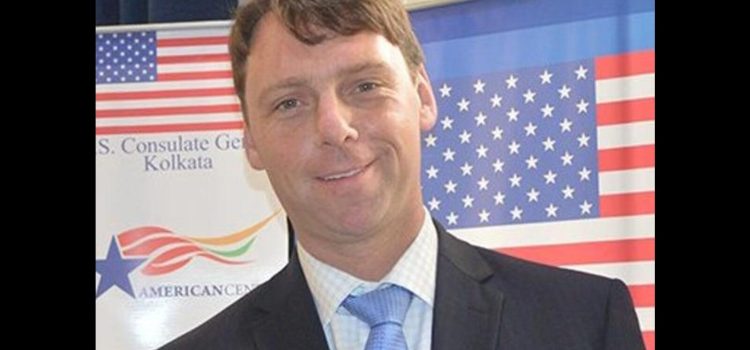
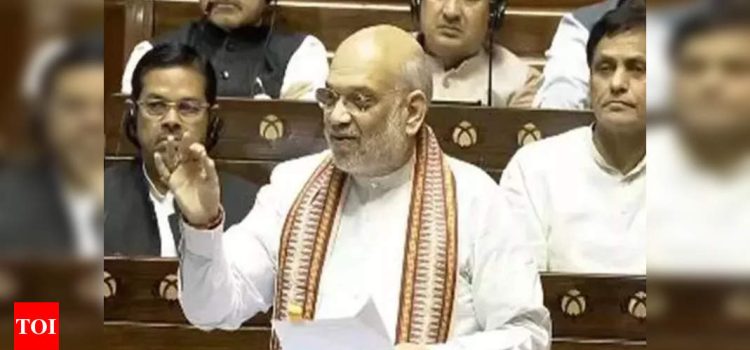

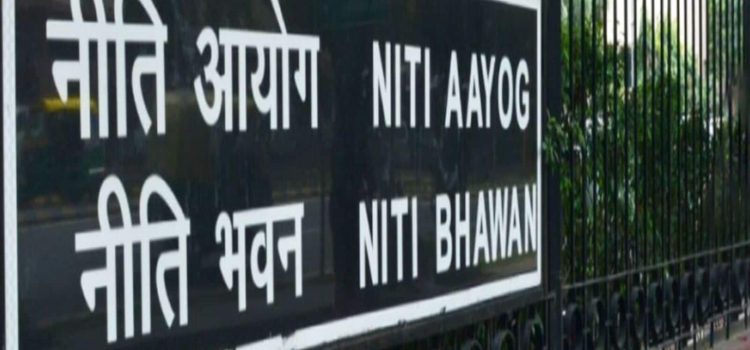
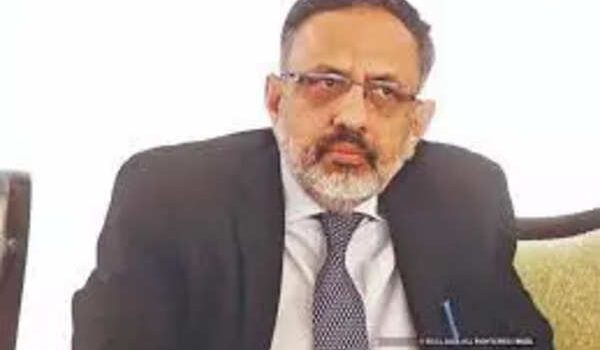

Comments